Home>Gardening & Outdoor>Landscaping Ideas>How To Even Out Grass
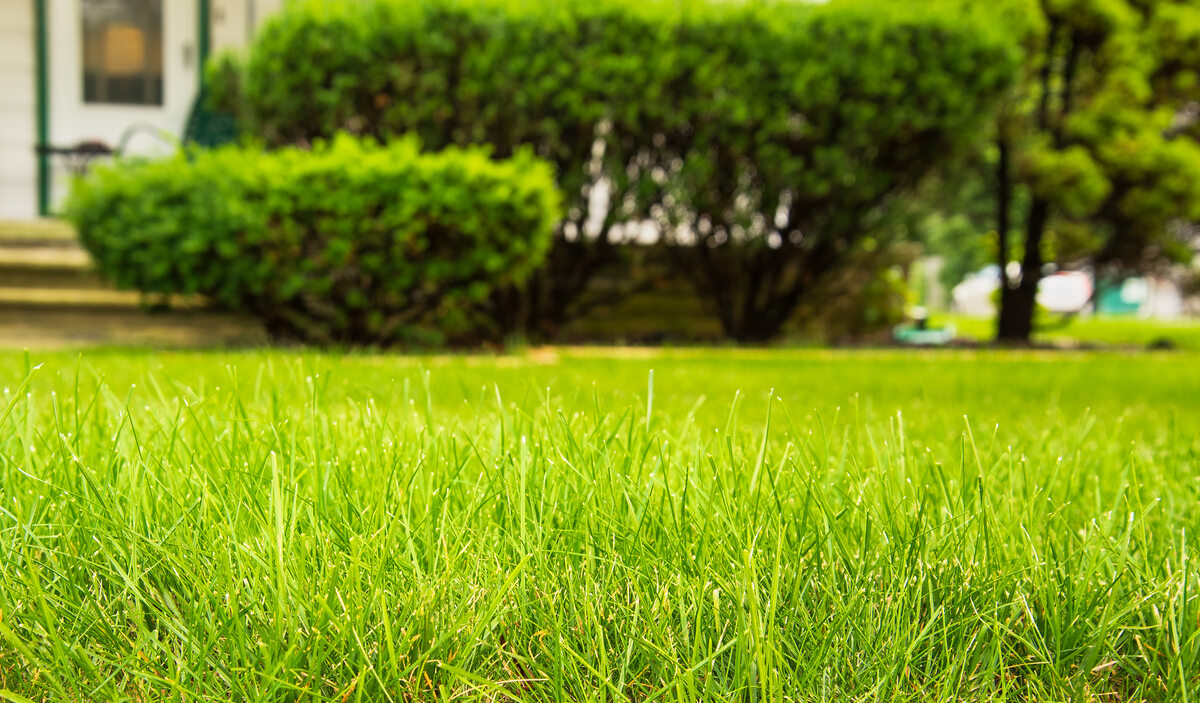

Landscaping Ideas
How To Even Out Grass
Modified: August 17, 2024
Learn effective landscaping ideas to even out your grass and create a beautiful, balanced lawn with our expert tips and techniques. Discover how to achieve a flawless, level lawn effortlessly.
(Many of the links in this article redirect to a specific reviewed product. Your purchase of these products through affiliate links helps to generate commission for Storables.com, at no extra cost. Learn more)
Introduction
Welcome to the ultimate guide on how to even out grass in your yard. Uneven grass can be a source of frustration for many homeowners, but fear not – with the right techniques and a little bit of elbow grease, you can achieve a beautifully level lawn that will be the envy of the neighborhood.
Uneven grass can not only detract from the overall appearance of your yard but can also pose practical issues such as making mowing more challenging and creating potential tripping hazards. By addressing the uneven areas and implementing the appropriate solutions, you can transform your lawn into a smooth, lush carpet of green.
In this comprehensive guide, we will walk you through the process of assessing the uneven areas, leveling the ground, and establishing a uniform grass cover. Whether you are dealing with minor undulations or more significant bumps and depressions, we have you covered with expert tips and techniques to achieve a level and picturesque lawn.
So, grab your gardening gloves and let’s dive into the steps to even out your grass and create a yard that you can be proud of!
Key Takeaways:
- Achieving a level lawn involves assessing uneven areas, leveling the ground, and establishing a uniform grass cover through seeding or sodding. Proper watering and maintenance are essential for sustaining a beautifully even lawn.
- By carefully evaluating your yard, leveling the ground, and choosing the right grass cover method, you can transform uneven grass into a lush and inviting landscape. Consistent watering and maintenance are key to sustaining a beautifully even lawn.
Read more: How Do I Even Out My Stove Burners
Assessing the Uneven Areas
Before embarking on the journey to even out your grass, it’s crucial to assess the extent of the unevenness in your lawn. Uneven areas can result from various factors such as soil settling, erosion, or the natural contours of the land. By carefully evaluating the topography of your yard, you can determine the best approach to achieve a level surface.
Start by taking a leisurely stroll around your lawn, observing any noticeable variations in the ground level. Look out for areas that appear sunken or raised compared to the surrounding terrain. You can also use a long, straight board or a level to identify uneven spots more accurately. Place the board or level on different areas of the lawn and note any gaps or tilts, which indicate unevenness.
Additionally, consider the causes of the unevenness. Is it primarily due to soil erosion, poor drainage, or the aftermath of construction work? Understanding the underlying reasons for the unevenness will help you address the root cause and prevent future recurrence.
Furthermore, take note of any areas where water tends to accumulate after rainfall. Pooled water can exacerbate unevenness and lead to soggy, unhealthy patches of grass. Identifying these problem areas will guide your approach to leveling the ground and improving drainage.
By thoroughly assessing the uneven areas and their underlying causes, you will be well-equipped to proceed to the next crucial steps in the process of achieving a beautifully even lawn.
Leveling the Ground
Once you have identified the uneven areas in your lawn, the next step is to embark on the process of leveling the ground. This essential step lays the foundation for a smooth and uniform grass surface, ensuring optimal growing conditions and a visually appealing landscape.
Begin by clearing the uneven areas of any debris, rocks, or other obstacles that may impede the leveling process. Use a rake or shovel to remove surface debris and create a clean, blank canvas for the leveling efforts.
For minor unevenness, you can often achieve effective leveling by adding a nutrient-rich topsoil mix to the low-lying areas. Spread a layer of topsoil over the uneven spots, ensuring that it is distributed evenly and does not exceed a depth of more than an inch or two. Gently rake the topsoil to blend it with the existing ground, gradually building up the low areas to match the surrounding terrain.
For more significant unevenness, consider employing a lawn roller to compact the soil and create a more even surface. A lawn roller can effectively smooth out minor bumps and depressions, providing a level base for the grass to thrive. Be cautious not to over-compact the soil, as this can hinder water penetration and root growth.
In cases where the unevenness is substantial or the soil composition is poor, you may need to resort to more intensive measures such as topdressing with a specialized leveling mix or employing a lawn-rolling machine for larger areas. These methods can help achieve a more uniform ground level and promote healthy grass growth across the entire lawn.
By diligently leveling the ground and creating a stable, even foundation, you are setting the stage for the successful establishment of a lush and uniform grass cover. With the groundwork laid, it’s time to turn our attention to the next steps in the process of achieving a beautifully even lawn.
To even out grass, use a rake to remove excess thatch and debris. Then, spread topsoil over low spots and reseed. Water regularly for new growth.
Seeding or Sodding
With the ground leveled and prepared, the next pivotal step in the quest for an even grass surface is to establish a uniform grass cover. This can be accomplished through either seeding or sodding, each method offering its own set of advantages and considerations.
Seeding: Seeding is a cost-effective and versatile method of establishing a new grass cover or replenishing existing turf. It allows for a wide selection of grass species and varieties, enabling you to choose the most suitable option for your climate, soil type, and aesthetic preferences. Before seeding, ensure that the soil is well-prepared and free of debris, with a fine, crumbly texture that provides an ideal bed for the seeds to germinate.
Distribute the grass seeds evenly over the prepared soil, following the recommended seeding rate for the specific grass species. Lightly rake the seeds into the soil to ensure good seed-to-soil contact, which is crucial for germination. Keep the seeded area consistently moist to facilitate germination and early growth, and protect it from birds and other potential disturbances.
Sodding: Sodding offers the advantage of providing an instant grass cover, making it an appealing option for quickly achieving a level and lush lawn. Sod consists of pre-grown grass that is carefully cultivated and harvested as a uniform mat, ready for immediate installation. When sodding, it is essential to lay the strips of sod tightly together, ensuring that there are no gaps between them. This promotes rapid establishment and a seamless, even surface.
Whether you opt for seeding or sodding, it is crucial to choose high-quality grass seed or sod that is well-suited to your local climate and growing conditions. Selecting the right grass species, such as cool-season or warm-season varieties, can significantly impact the success and longevity of your lawn.
Whichever method you choose, be diligent in providing the newly established grass with adequate water and care to promote healthy root development and overall vigor. With the grass cover in place, the final steps of watering and maintenance are essential for nurturing a thriving and beautifully even lawn.
Watering and Maintenance
Watering and maintenance are crucial aspects of achieving and sustaining a beautifully even lawn. Proper watering practices and ongoing care will ensure that your grass establishes strong roots, maintains vibrant color, and withstands the rigors of varying weather conditions.
After seeding or sodding, it is essential to provide the newly established grass with consistent and adequate moisture. Keep the seeded or sodded areas consistently moist, but not waterlogged, to support germination and early growth. As the grass becomes established, gradually transition to a deeper and less frequent watering schedule, encouraging the development of robust root systems that can access moisture deeper in the soil.
Regular mowing is a fundamental aspect of lawn maintenance, contributing to a uniform and tidy appearance. When mowing an uneven lawn, adjust the cutting height of your mower to accommodate the variations in ground level, ensuring that you do not scalp the grass in low-lying areas. By maintaining a slightly taller grass height, you can help conceal minor unevenness and promote a healthier and more resilient lawn.
Fertilization is another essential component of lawn care, providing the grass with the nutrients it needs to thrive and maintain an even growth pattern. Select a high-quality fertilizer appropriate for your grass type and apply it according to the recommended schedule, taking into account factors such as soil composition and seasonal requirements.
Weed control is vital for preserving the evenness and uniformity of your lawn. Regularly inspect the grass for weeds and address them promptly to prevent them from overtaking the turf. Implementing targeted weed control measures, such as hand-pulling or spot treatments, can help maintain a smooth and lush grass cover.
Aerating the lawn can aid in addressing underlying soil compaction and promoting a more even and healthy grass growth. By allowing air, water, and nutrients to penetrate the soil more effectively, aeration can help mitigate unevenness and enhance the overall vigor of the lawn.
By adhering to a comprehensive watering and maintenance regimen, you can nurture a lush, even, and resilient lawn that will be a source of pride and enjoyment for years to come. With the right care and attention, your once uneven grass can transform into a verdant and inviting landscape that enhances the beauty of your outdoor space.
Read more: How To Thin Out Grass
Conclusion
Congratulations on embarking on the journey to even out your grass and transform your lawn into a picturesque and inviting outdoor oasis. By following the steps outlined in this guide, you have taken the first crucial strides toward achieving a beautifully even and thriving lawn that will be a source of pride and enjoyment.
Assessing the uneven areas of your lawn and understanding the underlying causes of the unevenness has provided you with valuable insights into the specific challenges and opportunities presented by your landscape. By carefully evaluating the topography of your yard, you have set the stage for targeted and effective interventions to level the ground and establish a uniform grass cover.
The process of leveling the ground has laid the groundwork for a smooth and stable foundation that will support the healthy growth of your grass. Whether through the addition of topsoil, the use of a lawn roller, or more intensive leveling methods, you have taken essential steps to address the unevenness and create an optimal environment for a lush and even lawn.
Seeding or sodding your lawn has further advanced your goal of achieving a uniform grass cover, allowing you to select the most suitable grass species and establish a vibrant and cohesive landscape. Whether through the versatility of seeding or the instant gratification of sodding, you have set the stage for the flourishing of a beautifully even lawn.
Watering and maintenance are the cornerstones of sustaining a healthy and even lawn. By adhering to proper watering practices, regular mowing, strategic fertilization, weed control, and aeration, you are nurturing your grass to thrive and maintain a uniform and resilient growth pattern.
As you continue to care for your lawn and witness the transformation of uneven terrain into a verdant and inviting expanse, take pride in the dedication and effort you have invested in creating a beautiful outdoor space. Your commitment to even out your grass has not only enhanced the aesthetic appeal of your yard but has also contributed to the creation of a welcoming and enjoyable environment for relaxation and recreation.
With the knowledge and techniques acquired from this guide, you are well-equipped to maintain and further enhance the evenness and vibrancy of your lawn, ensuring that it remains a source of pride and delight for years to come. Embrace the beauty of your newly evened-out grass and revel in the joy of a flourishing and picturesque landscape right outside your door.
Frequently Asked Questions about How To Even Out Grass
Was this page helpful?
At Storables.com, we guarantee accurate and reliable information. Our content, validated by Expert Board Contributors, is crafted following stringent Editorial Policies. We're committed to providing you with well-researched, expert-backed insights for all your informational needs.
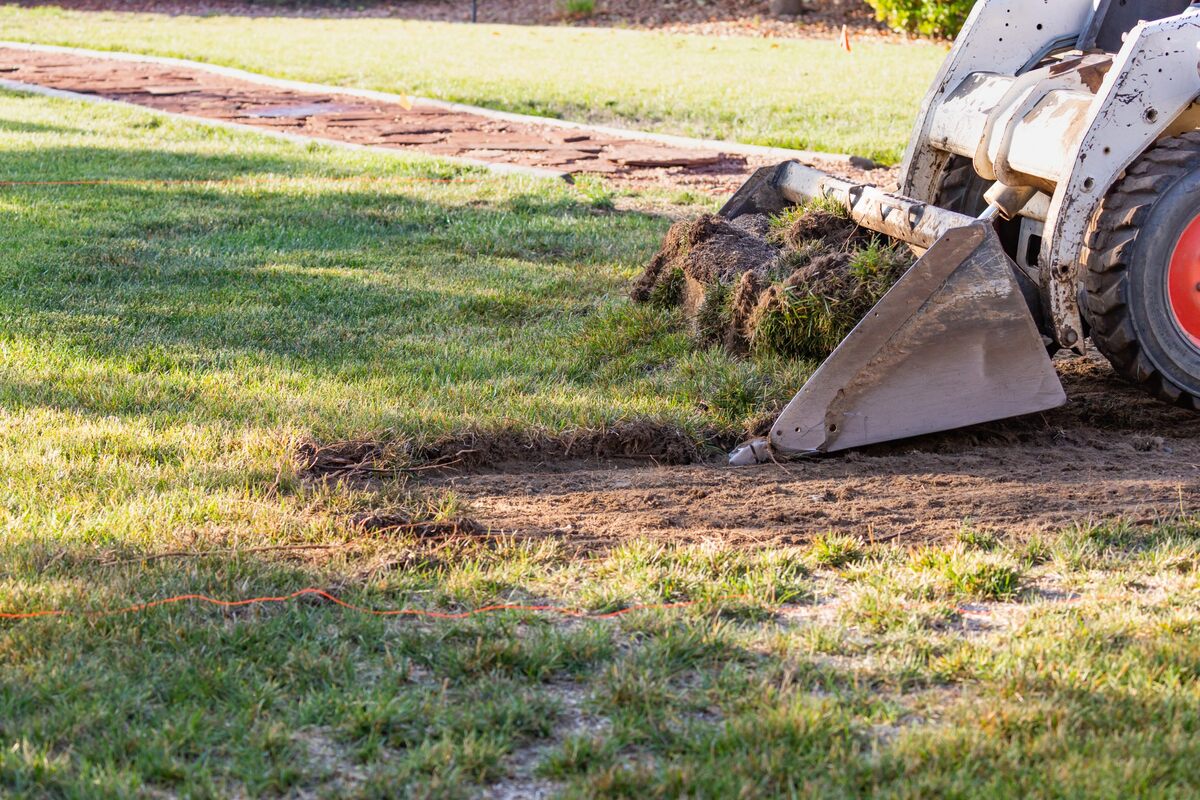

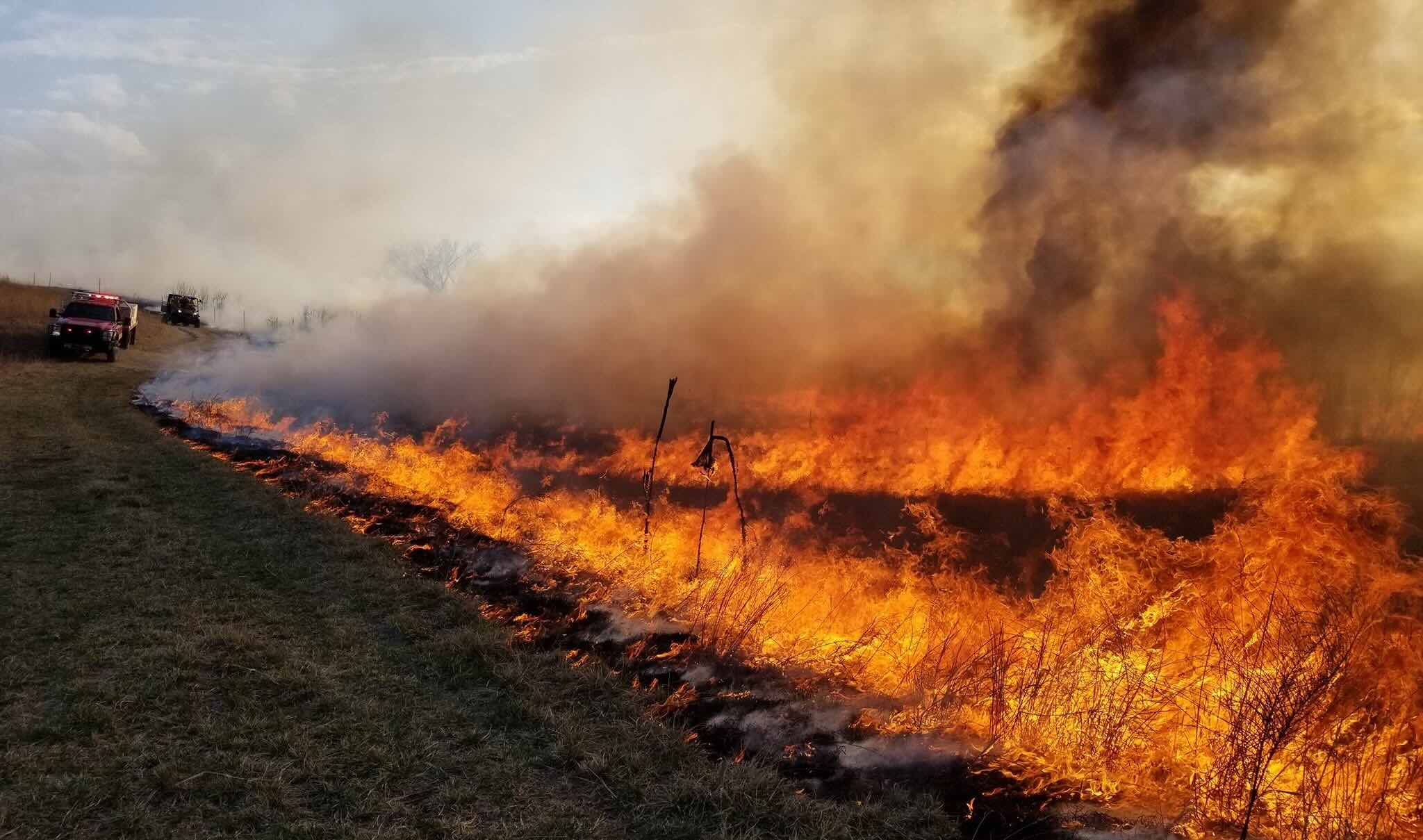


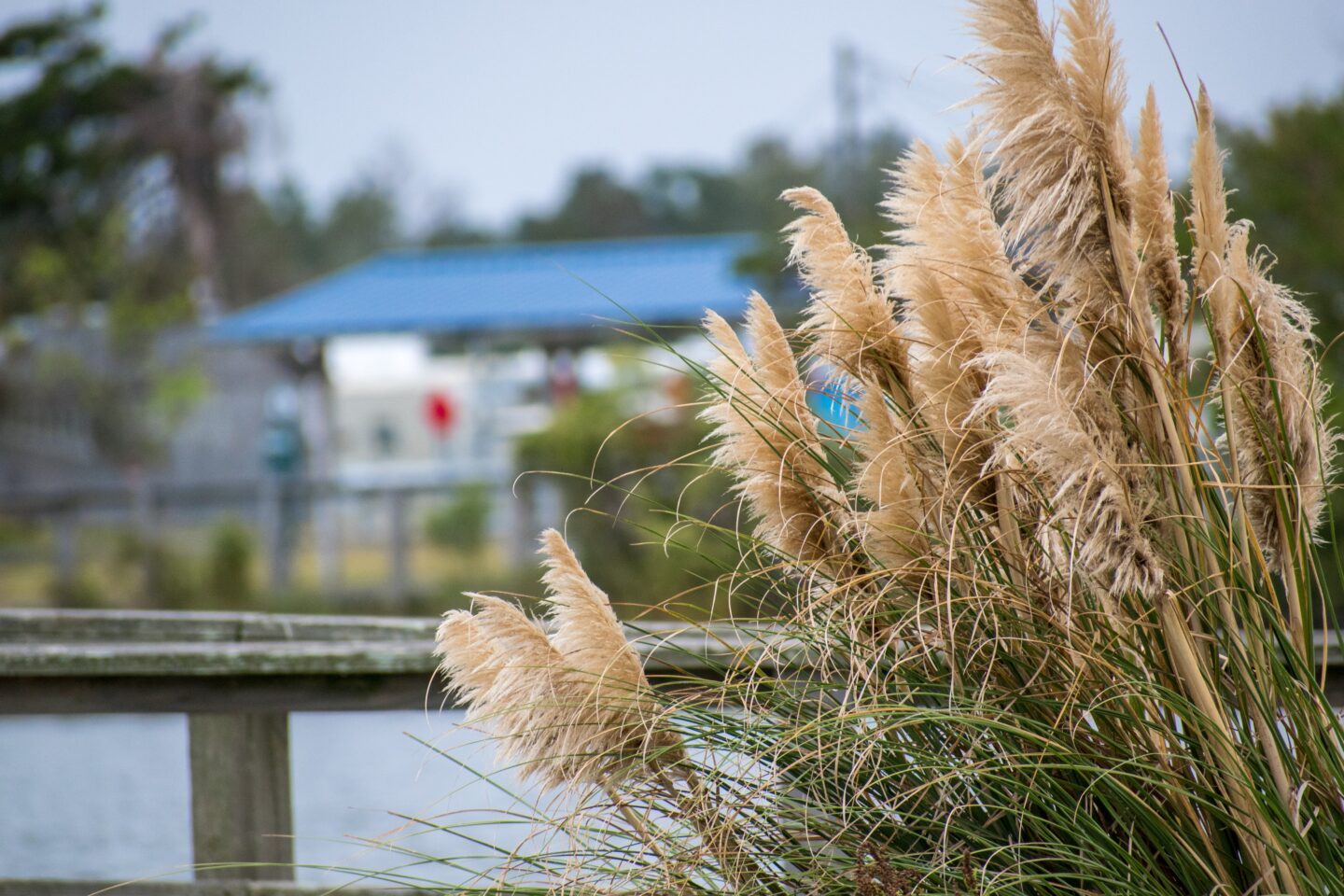
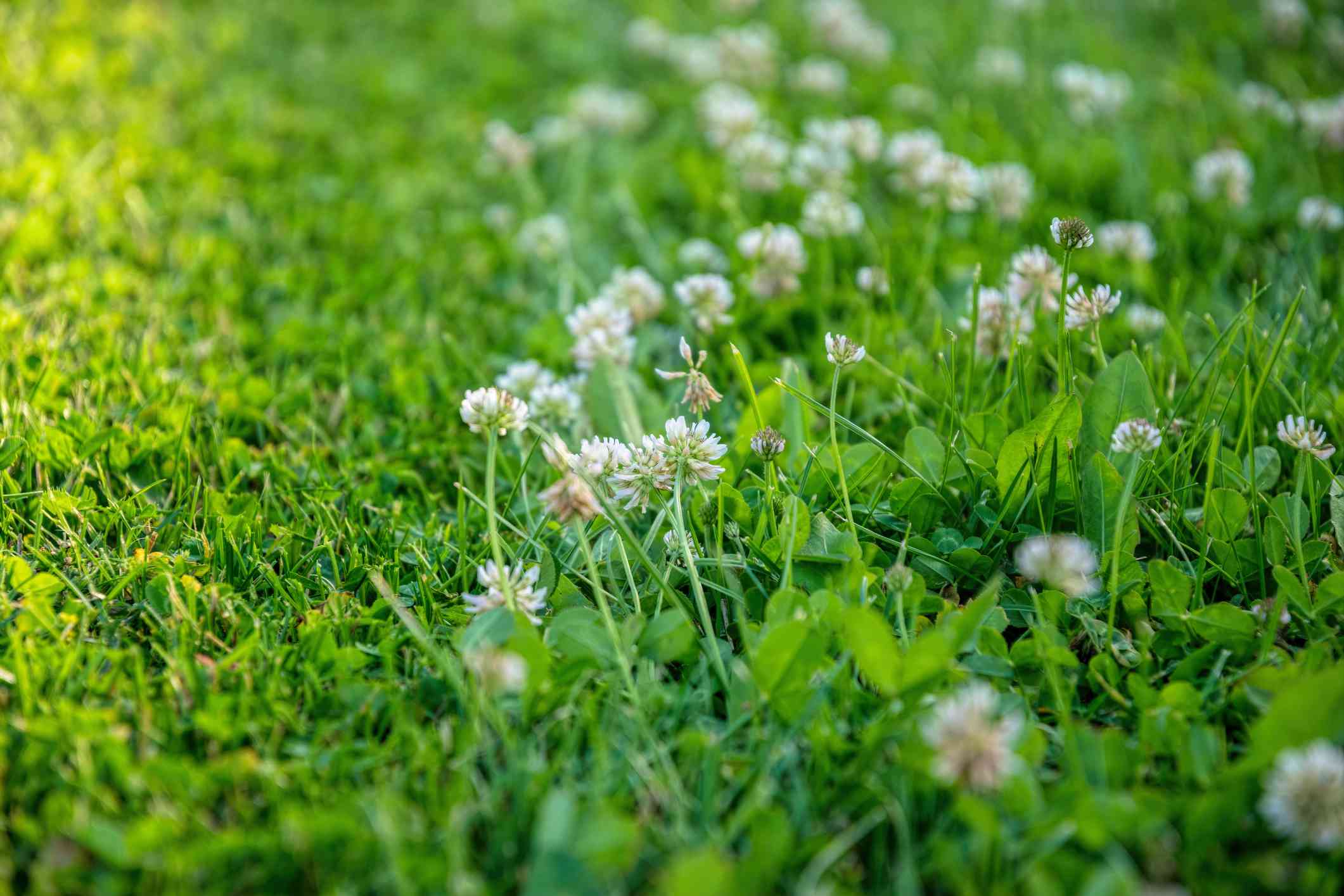
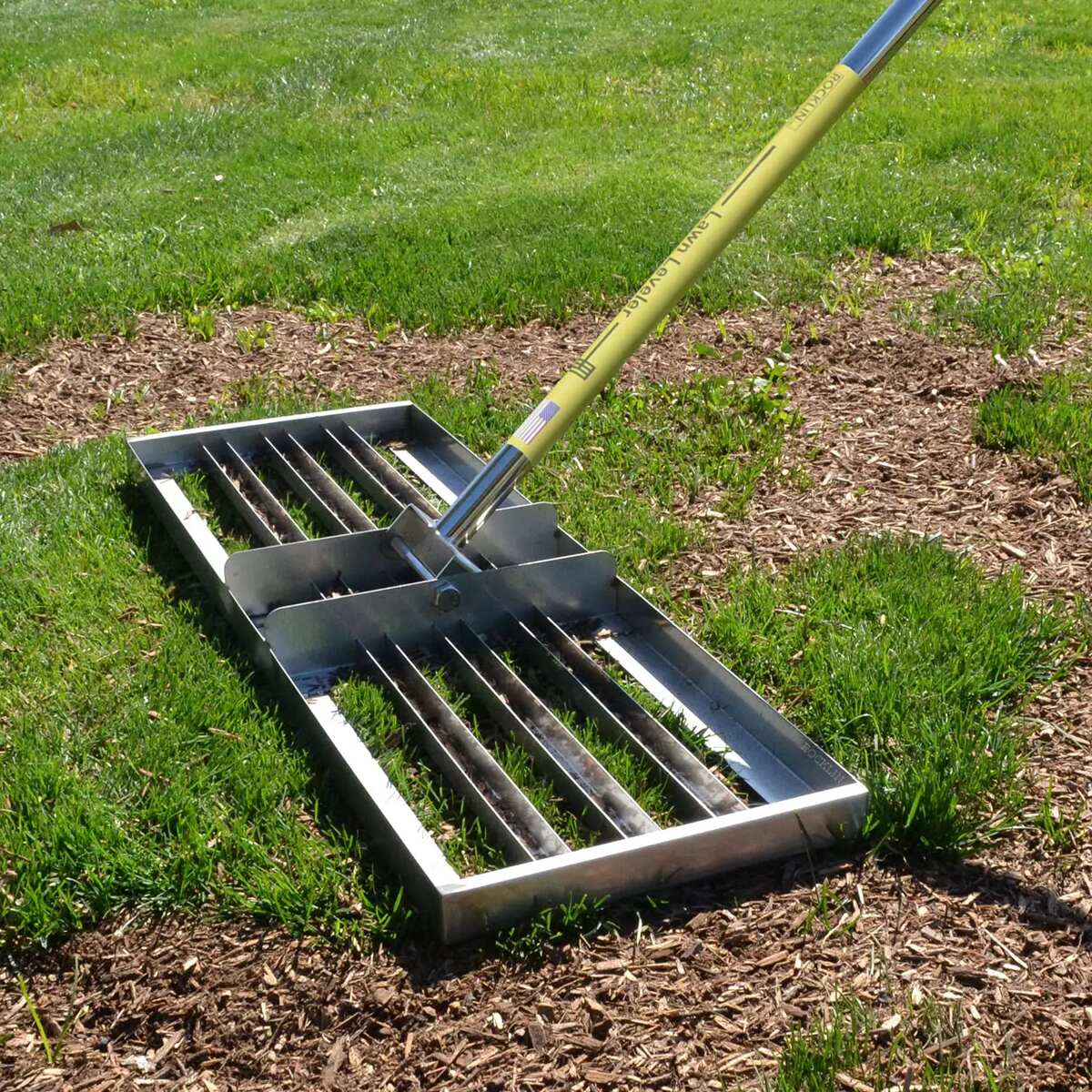



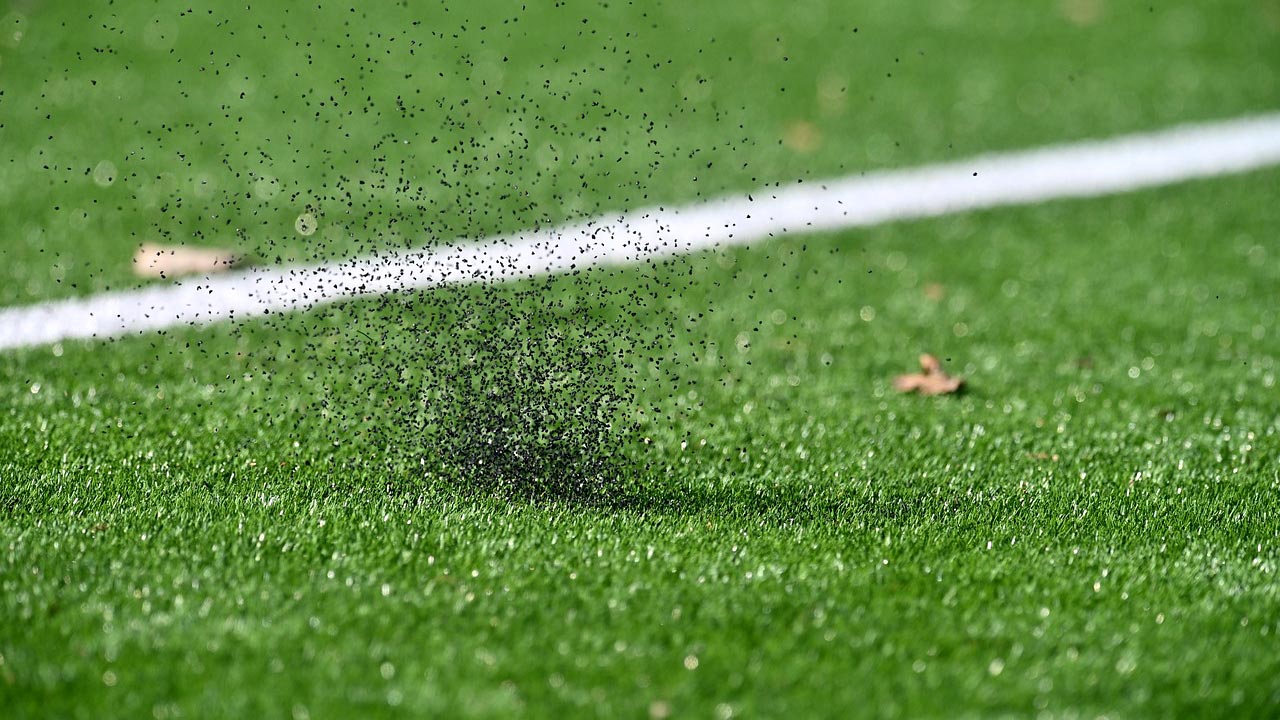

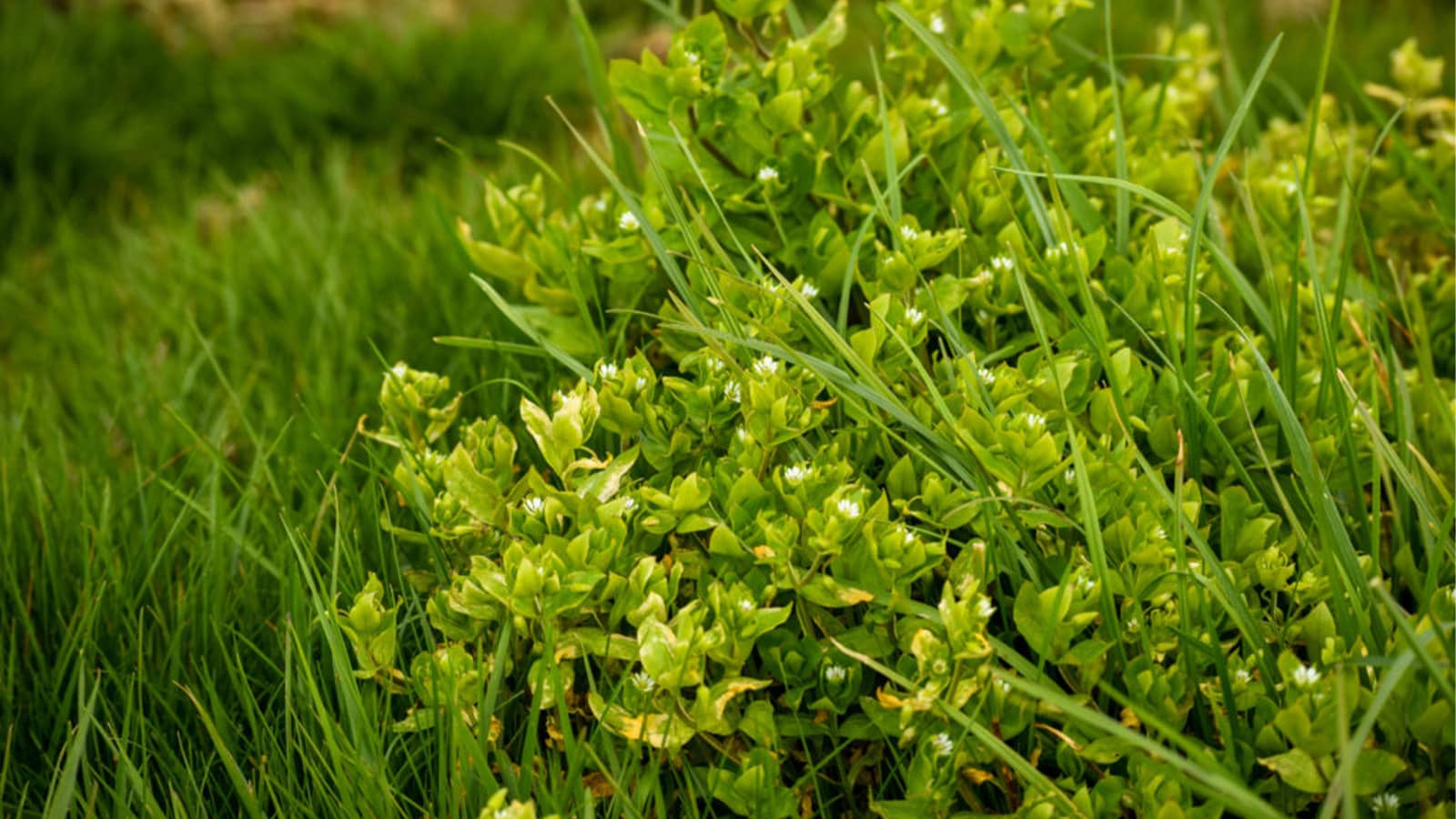

0 thoughts on “How To Even Out Grass”